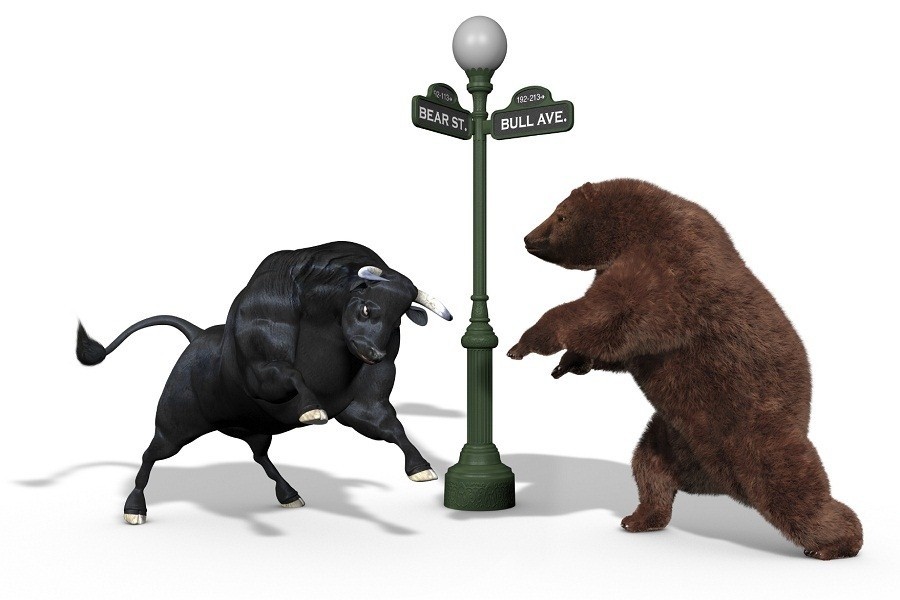How to spot the next bull or bear market
Post on: 31 Май, 2015 No Comment

MichaelSincere
MIAMI (MarketWatch) — The current market is extremely challenging for traders. Although many market indicators currently are pointing up, the extreme volatility and end of day sell-offs are sometimes giving misleading signals. Even for seasoned pros, it’s not easy to make a profit in this environment.
For help, I spoke to best-selling author and trader Toni Turner about trading this market. Her most recent book is Invest to Win (McGraw-Hill), co-authored with Gordon Scott.
Investors cashing out after post-Fed rally
The stock markets surge is pushing some investors to cash in a few chips. Their reasons: after such a strong run, the rally may be losing steam and the Fed will soon begin withdrawing the stimulus it has been injecting into the economy. Steven Russolillo reports. Photo: Getty.
Looking at the big picture, Turner points out that until April of this year, the market literally had traded sideways for the last 12 years. “If you look at a long term chart, although we’ve made new all-time highs this April, we can see that the SPY [SPDR S&P 500 ETF Trust] SPY, -0.61% was at 155 in 2000. Its high was 157 in 2007, and of course, the market fell dramatically in 2008, plunging below 2002 lows to 77, down to the March 2009 lows of 67.10. Then it had to claw its way back up to 2007 highs. So from 2000 to 2012 it was basically a big sideways market. During that time, you could have made money, but in the meantime, most traders also experienced a lot of aggravation.”
Danger signs
In particular, a sideways market that is trading on low volume, which we’ve been having, is dangerous. “During sideways markets,” Turner says, “I trade smaller share size, which is a way to reduce risk, and I trade with ‘no-kidding-around-stops.’ If I am long a stock and it closes below my stop price, I sell it, end of conversation, and no excuses. If the price goes below that, the shorts may come in and pound it.”
In addition, market-leading stocks such as Google GOOG, -1.47% have been trading in a range since May. “When leading stocks like Google don’t have conviction, the breakouts fail, and they are not pulling the market higher. Therefore, during these kinds of markets, I look for high-quality companies that have fallen off their May highs due to an earnings miss or sector selloff.”
How do sideways markets get resolved? “It is usually resolved by outside events,” Turner says. “Now that the summer is over and institutions are back, the geopolitical headlines will come out fast and furiously. We’re facing less promising economic reports from the euro zone, and arguments on Capitol Hill about government funding and the debt ceiling. We’re also finishing up the third quarter, and earnings season ramps up in early October. All of these events will have an impact on the market.”
Watch the final hour
One of the clues that a bull market is in trouble is what happens at the end of day. In particular, a sell-off during the last hour means the bull market is struggling.
“A selloff in the last hour of trading tells us there is no commitment,” Turner says. “It means that traders are afraid of holding overnight because they fear geopolitical events and foreign markets.” In the last month, the market declined into the close 18 out of 22 times, Turner adds, which is a negative.

“On the other hand,” Turner says, “when you see markets closing on the highs of the day more often than not, or near the highs of the day, you know there is more commitment from traders.”
Among market indicators that can inform individual traders, Turner likes the RSI (Relative Strength Index) with a 14-day setting, or a 9-day. She also likes the Average True Range (ATR). If the ATR rises dramatically on the S&P 500 SPX, -0.61% , it reflects increased volatility. Where is the ATR now? “It’s rising slightly on the S&P,” Turner says, “so as the daily price range is expanding, the bulls and bears are fighting. That indecision is a negative for the market.”
Turner points out that ATR does not give an instant signal, but it takes days or weeks for a move. Right now, I’m looking for a spike up on the ATR,” she says, which hasn’t happened yet.
Eye the big picture
Like many traders, Turner keeps her eye on the big picture. “You need to know what is happening in the overall market both economically and geopolitically, and keep track of headlines. Watch the daily charts and see if a pattern is evolving into a topping pattern, or perhaps is carving a base and getting ready to move to the upside and create a new uptrend.”
Nevertheless, because this market is still trading sideways, it’s recommended you use smaller share size, use tight stops (the “no-kidding-around” type), and that you remain flexible. After all, although the market has been going higher, that could change quickly.
Michael Sincere is the author of “Understanding Options,” “All About Market Indicators,” and “Understanding Stocks.” His website lists signals from the most useful market indicators.














